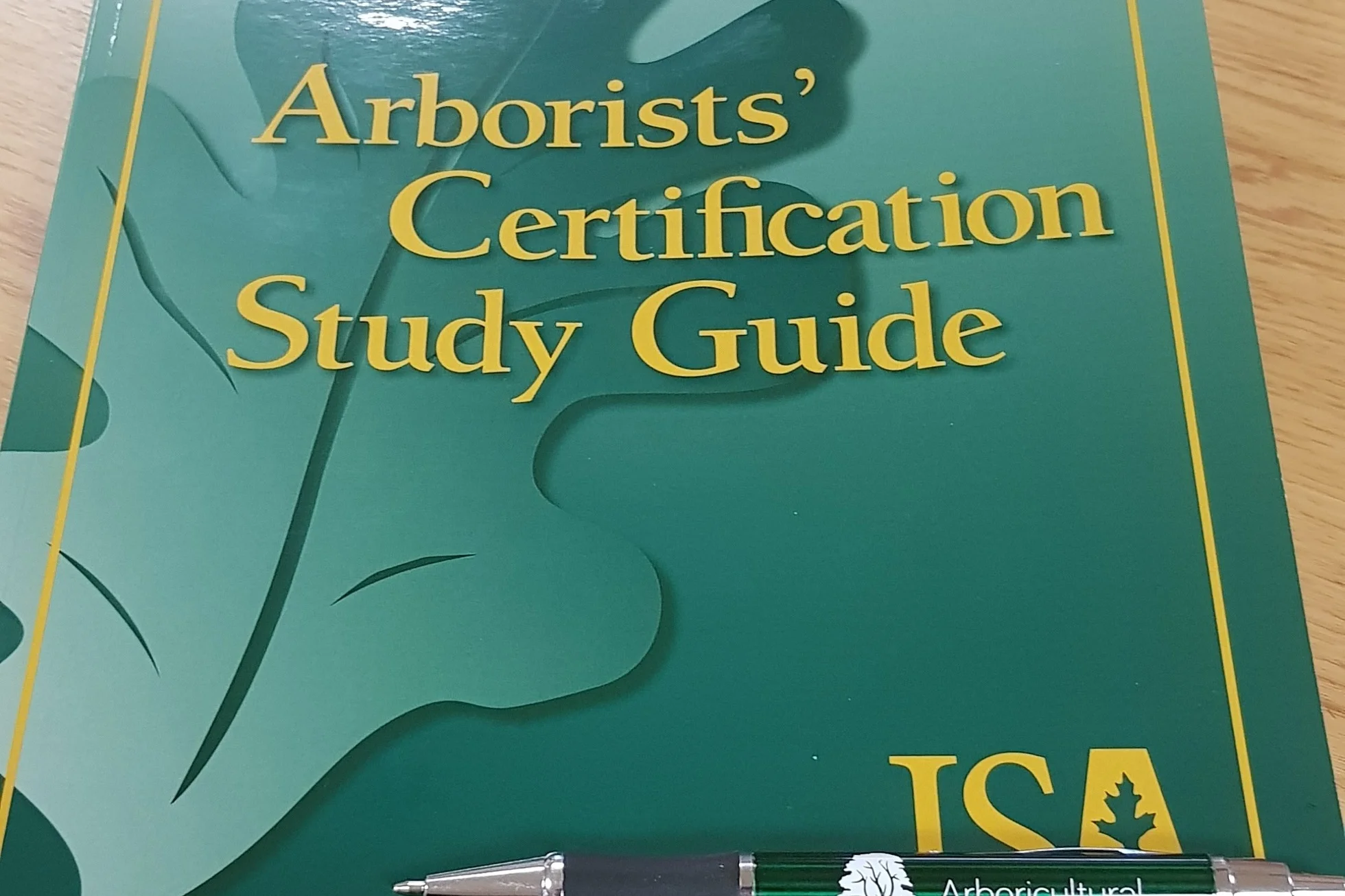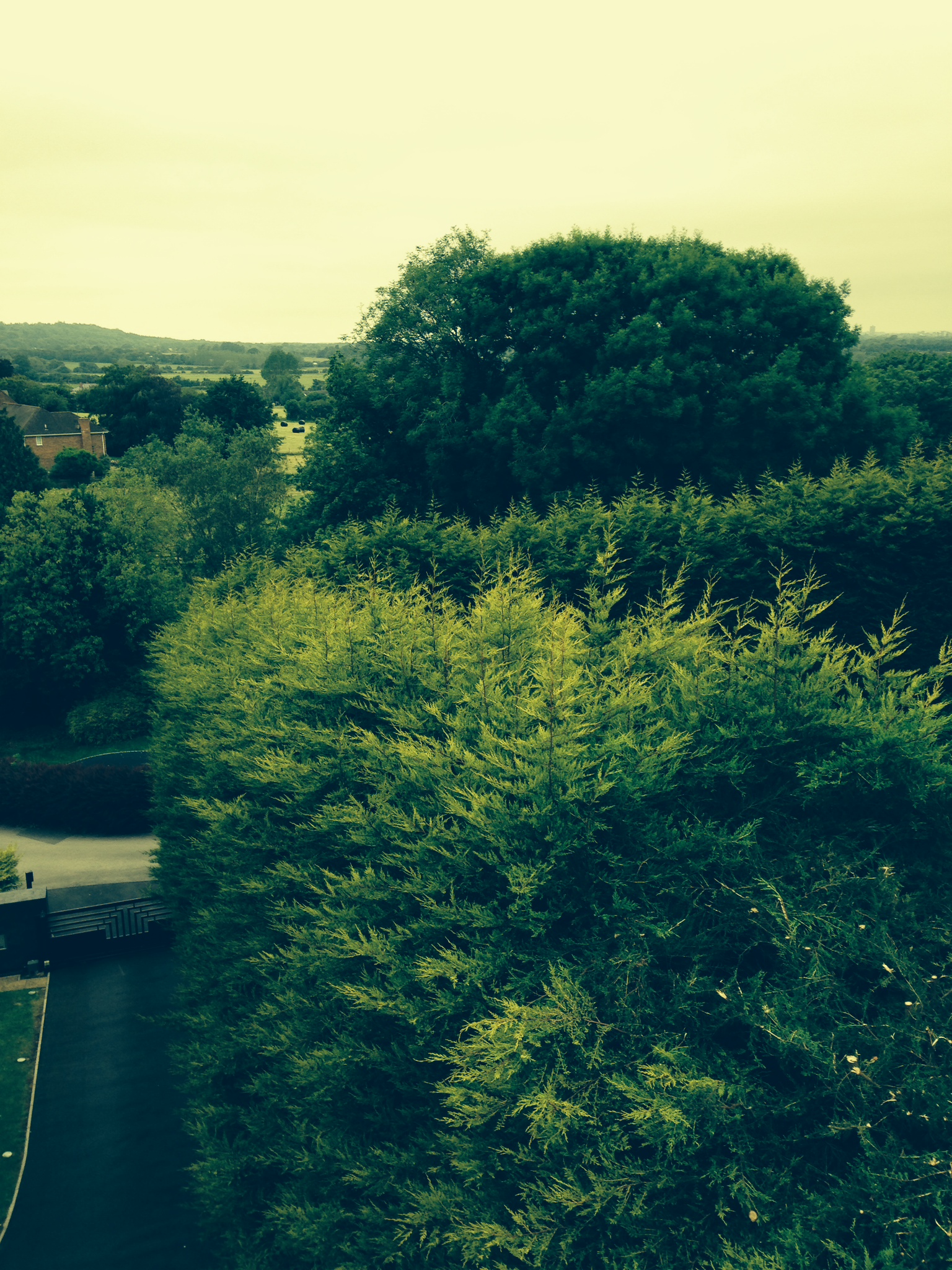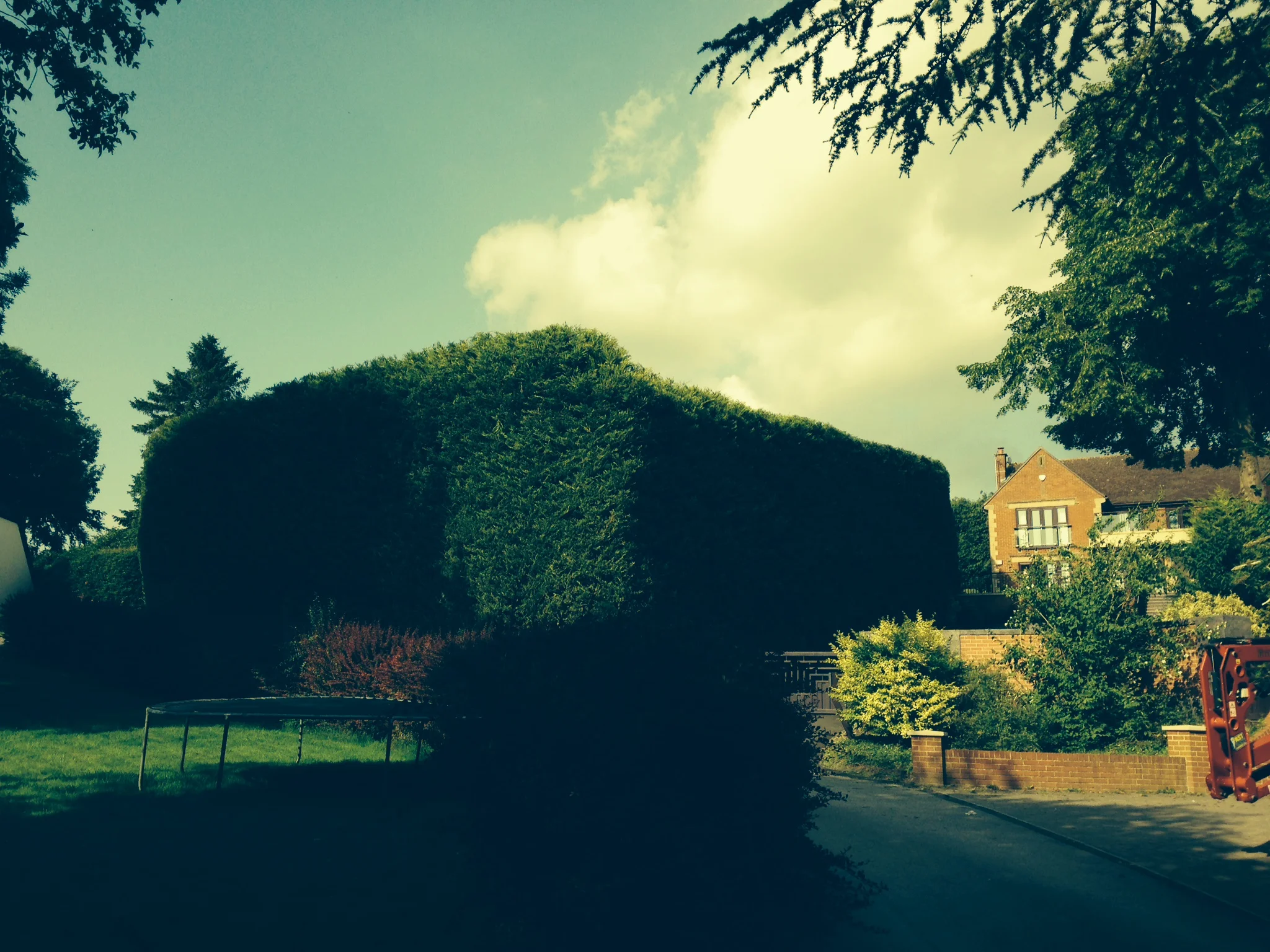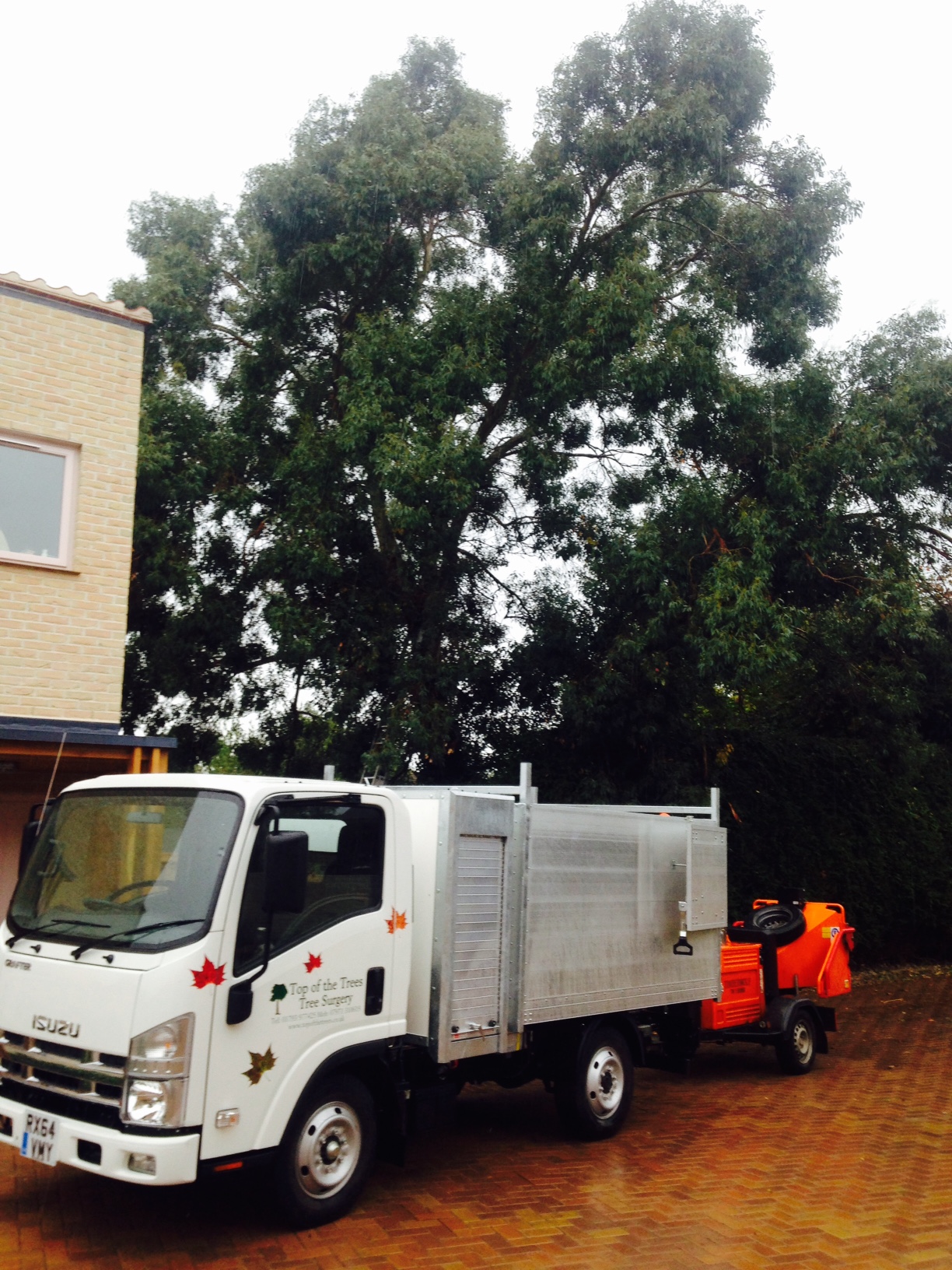Ash Dieback
/ASH DIEBACK (ADB)
(Chalara)
This disease has travelled systematically throughout the UK. At the moment it is quite widespread throughout the central southern area.
The Initial signs and symptoms of Ash Dieback;
The tips dying back i.e. if you look at the silhouette of the tree and the outline is twigs / or shrivelled up leaves, the twigs can appear to be discoloured (orange). Certain trees will have an abundance of seeds visible which is a sign of distress. You may also find more light debris (twigs) underneath the tree than usual, this is caused by the integrity of the timber being more brittle. The disease will take hold of the tree reducing its vascular capacity making the trees health get progressively worse, the tree will continue to decline and a secondary disease (Honey Fungus) is likely to enter.
Prevention;
Unfortunately, it is an airborne disease and prevention is not possible.
Action;
The trees affected will be at different stages of the disease to one another so it is important to monitor the trees through the seasons. Retention of a trees with ADB is unlikely so it’s best to remove in the earlier stages as it will be more expensive to remove if the tree is deemed too dangerous to climb and the use of a MEWP (cherry picker) is required.
Advice;
Top of the Trees would recommend that Ash trees are only removed when infected rather than the blanket removal of Ash as there are signs that some trees show resistance. Our qualified tree surgeons will be able to give you a free consultation regarding what action to take (if any).







